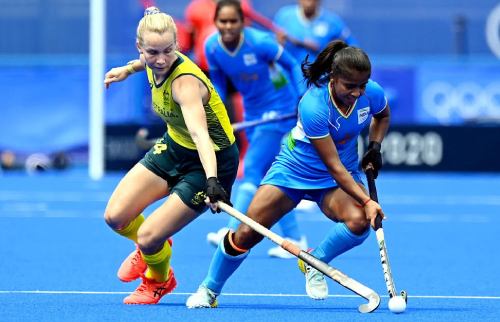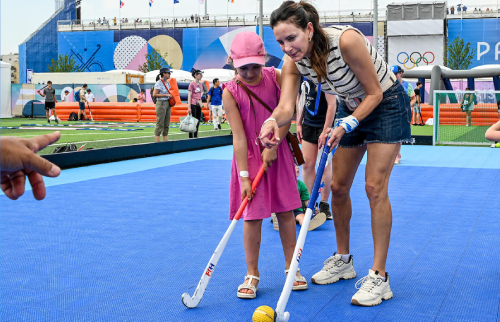
Today’s World Environment Day gives us the opportunity to update all our stakeholders on the steps that the International Hockey Federation (FIH) has done towards using water with more care than ever before.
With water becoming scarcer and scarcer due to climate change and ever-growing human demand, using it wisely is an obligation we all have if we are to ensure its availability for future generations and protect the environment.
FIH has fully recognised its responsibility and is acting.
From when hockey started playing on synthetic turf fields in the late 1970s until today, the sport has preferred to play on wet turfs. Watering provides a fast, predictable, and consistent playing surface that allows the players to perform to their best ability. But even though turfs used today are much more water efficient than those used in the past, the volumes of water used are still significant, as are the infrastructure costs associated with irrigating a field. For many, this is increasingly out of step with society’s desire to live in a more sustainable way.
This is why FIH launched its Dry Turf Initiative at its Congress in 2018. Today, working with the leading members of the FIH Quality Programme, we are seeing surfaces that have enhanced playing characteristics without the use of water.
A year ago, FIH published its innovation standard for Dry (non-irrigated) Hockey Turfs, and today seven companies (see www.fih.hockey/dryturf for details) have developed surfaces that incorporate dry turf technology.
As these new Dry Turf surfaces are being installed, FIH is working with the UK’s Loughborough University, the National hockey Associations and the turf manufacturers to collect player feedback on how they perceive these new surfaces to perform. Feedback to date is showing players can, and do, adapt to these new surfaces, but it is also noted that it is important that players have adequate opportunities to train and play on them before they are used at the highest levels of competition.
Pleasingly, we are also seeing that the environmental benefits of playing on Dry Turf surfaces is being welcomed by many. We are finding that our strategy complements the sustainability policies of many that invest in hockey.
FIH President Tayyab Ikram said: “FIH launched a global sustainability strategy for hockey in 2022. This commitment was then reinforced as a key part of the FIH Empowerment and Engagement strategy that we launched a year ago. As a concrete milestone of this strategy, we were proud to initiate a global and ambitious programme called “Give back to forest” consisting in planting thousands of trees all around the world.
Reducing water consumption is another commitment of ours. Remarkable progress has been made in this regard in the last decade. For example, the consumption of water between the Rio 2016 and the Tokyo 2020 Olympic Games has been reduced by 40%! And a further substantial reduction will take place at the Paris 2024 Olympics where, on top of that, the world’s first carbon-zero hockey turf (Poligras Paris GT Zero) will be used. We will spare no efforts to continue along this path.”
Joining us on the journey to a more sustainable future, ball, stick and shoe manufacturers all have a role to play, and we are engaging with key manufacturers in each sector. Together, it is hoped that the transition from always playing top-level hockey on wet fields to using wet or dry surfaces can occur with minimal impact on the way the game is played.
























